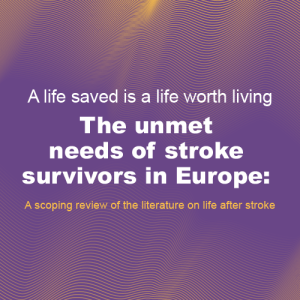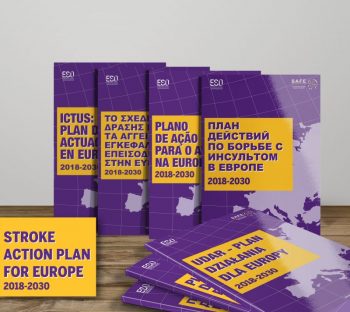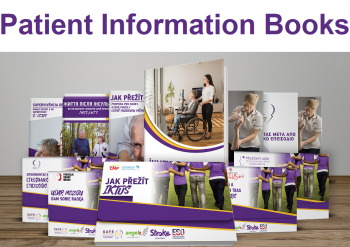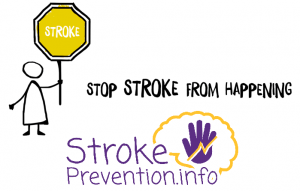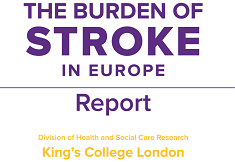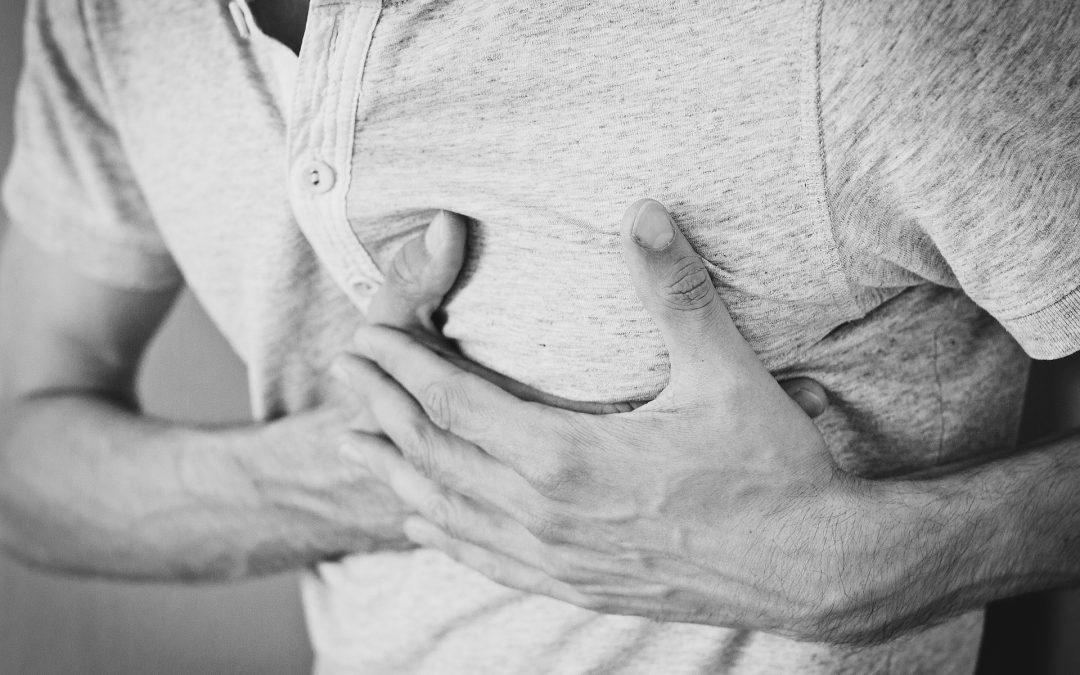
Jan 24, 2019
The article first appeared on Irish Heart Foundation website | Author: June Shannon
Air pollution and climate change, those who refuse vaccines and antibiotic resistance also listed among the top ten threats to global health in 2019 by the WHO
The World Health Organisation (WHO) has identified non-communicable diseases which include cardiovascular disease (heart disease and stroke), as one of the top ten threats to global health in 2019.
A noncommunicable disease (NCD) is a chronic medical condition or disease that is not infectious and cannot be transmitted among people.
According to the WHO, non-communicable diseases, such as diabetes, cancer and heart disease, are collectively responsible for more than 70 per cent of all deaths worldwide, or 41 million people. This includes 15 million people dying prematurely, between the ages of 30 and 69.
Non-communicable diseases, such as diabetes, cancer and heart disease, are collectively responsible for more than 70 per cent of all deaths worldwide or 41 million people.
Non-communicable diseases, such as diabetes, cancer and heart disease, are collectively responsible for more than 70 per cent of all deaths worldwide or 41 million people.
“Over 85 per cent of these premature deaths are in low- and middle-income countries. The rise of these diseases has been driven by five major risk factors: tobacco use, physical inactivity, the harmful use of alcohol, unhealthy diets and air pollution. These risk factors also exacerbate mental health issues, that may originate from an early age: half of all mental illness begins by the age of 14, but most cases go undetected and untreated – suicide is the second leading cause of death among 15-19-year-olds,” the WHO stated.
The WHO added that it would work with governments to help them meet the global target of reducing physical inactivity by 15 per cent by 2030.
In 2016 more than 9,000 people in Ireland lost their lives to cardiovascular disease with almost half dying from heart disease.
Cardiovascular disease includes all diseases of the heart and circulation but most commonly it refers to coronary heart disease (angina, heart attack), stroke and other blood vessel diseases. Other conditions include congenital heart disease, heart valve disease and disease of the heart muscle (cardiomyopathy).
Read the full article here.
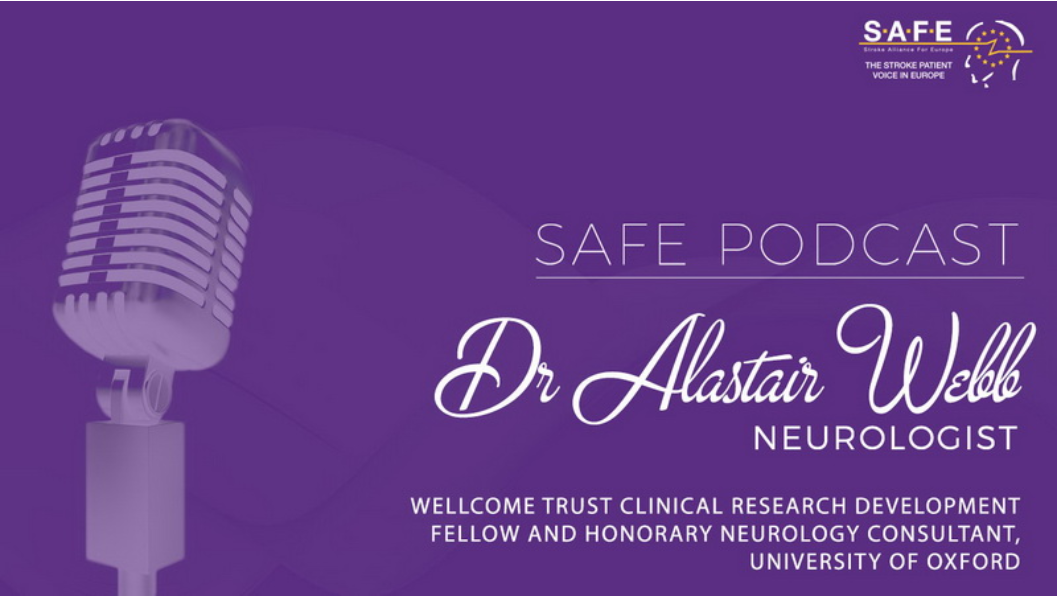
Jan 18, 2019
Europe is ageing and stroke is (still) predominantly happening to older people. Cerebral small vessel disease, a condition affecting small blood vessels in our brains is often called ‘the most common aging brain problem that you may have never heard of’.
However, it is related to stroke (SVDs account for more than 30% of strokes) and it would be beneficial for people to know more about it. SAFE spoke with Dr Alastair Webb, neurologist from University of Oxford about this condition and what is the relation between SVDs, high blood pressure and stroke.

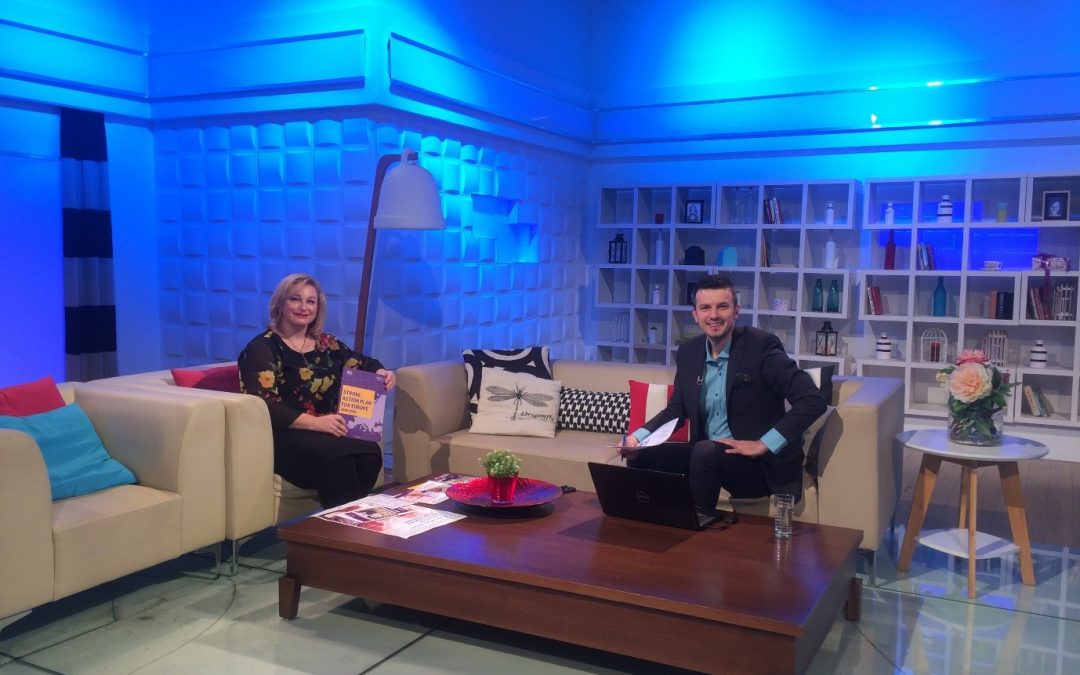
Jan 15, 2019
Written by Anita Arsovska and Maja Bozhinovska
On the occasion of the World Stroke Day, 29th October 2018, the Macedonian organization for a fight against stroke, Macedonian Neurology Society, Society of nurses in Neurology and the Red Cross have traditionally organized many activities on several locations.
We carried out public activities in Skopje, Shtip, Tetovo and Strumica that aimed to increase the general knowledge of the population of stroke, i.e. how to promptly recognize signs and symptoms of this disease and which measures should be taken for stroke prevention.
On the 28th October, Elena Lichkova in Shtip, Danijela Samoilovska Vojtikiv in Tetovo, Biljana Ivanova in Strumica, Anita Arsovska and Gordana DImeska in Skopje organized these activities, during which, free measurement of blood pressure and blood sugar was performed, printed material on stroke facts was distributed and prevention advise were given.
As usual, these activities were coordinated with the World Stroke Campaign organized by the World Stroke Organization. Our campaign was successful owing to the great help of our nurses, Neurology residents and young specialists who volunteered and helped to realize our goals during the World Stroke Day 2018. All participants wore T-shirts with the sign BRZO (FAST) with logos of all organizations that are involved in the World Stroke Day. We also translated posters, banners and leaflets provided by the World Stroke Campaign and distributed them during the activities.
We determined the vascular risk factors in over 500 people and they were advised how to protect themselves from stroke. These activities were posted on the website of the society and on Facebook.
The activities continued on the 29th October 2018, when Gordana Dimeska and the Society of Nurses in Neurology organized a scientific meeting with several lectures for nurses on the subject of stroke, contemporary diagnostic and therapeutical approach as well as stroke risk factors.
On the 12th November 2018, in the Holiday Inn Hotel in Skopje, Anita Arsovska and the Macedonian Neurology Society organized a scientific meeting on the subject World Stroke Day. Invited speakers were Ivan Barbov, MD, PhD (University Clinic of Neurology), Ass. Prof. Hristo Pejkov (University Clinic of Cardiology), Prof. Dr. Anita Arsovska (University Clinic of Neurology) and Dr. Menka Lazareska (University Institute of Radiology). The scientific meeting was supported by the pharmaceutical company Bayer and was opened by Ivan Barbov, MD, PhD, who pointed out the significance of the contemporary multidisciplinary approach in the diagnosis and treatment of patients with stroke, that aims to contribute to better functional outcome of the patients, but also to decrease the burden of this disease in our society.
Than, Ass. Prof. Hristo Pejkov talked on the subject of Atrial Fibrilation, its significance as one of the most frequent stroke risk factors, how it is diagnosed and treated, with the application of direct (new) oral anticoagulants.
Prof. Dr. Anita Arsovska delivered a lecture on Embolic Stroke of Undetermined Source, where she described the necessary diagnostic criteria and the latest studies results regarding the treatment of this specific type of stroke. Prof. Arsovska than continued with the contemporary therapeutical approach of ischemic stroke. She talked about the therapy in the acute phase and the newest guidelines regarding the recommendations for secondary stroke prevention, especially the application of anticoagulation therapy in patients with stroke and atrial fibrillation.
Dr. Menka Lazareska gave a talk on Application of mechanical thrombectomy in patients with ischemic stroke, contemporary guidelines, devices and techniques of performance that enable fast diagnosis and treatment of acute ischemic stroke patients.
This scientific meeting was attended by more that 100 participants who showed great interest in all lectures and at the end they agreed that this multidisciplinary approach is necessary for faster, more effective and more successful treatment of the patients with stroke.
All these activities were covered by the media, and Prof. Anita Arsovska went on several TVs where she promoted these events, and she also talked about stroke risk factors, signs and symptoms, answering questions from the audience.
We plan to continue with our activities this year as well, we intend to support European and World Stroke Day, Angels Initiative; to promote SOFT and Stroke Action Plan for Europe 2018-2030.
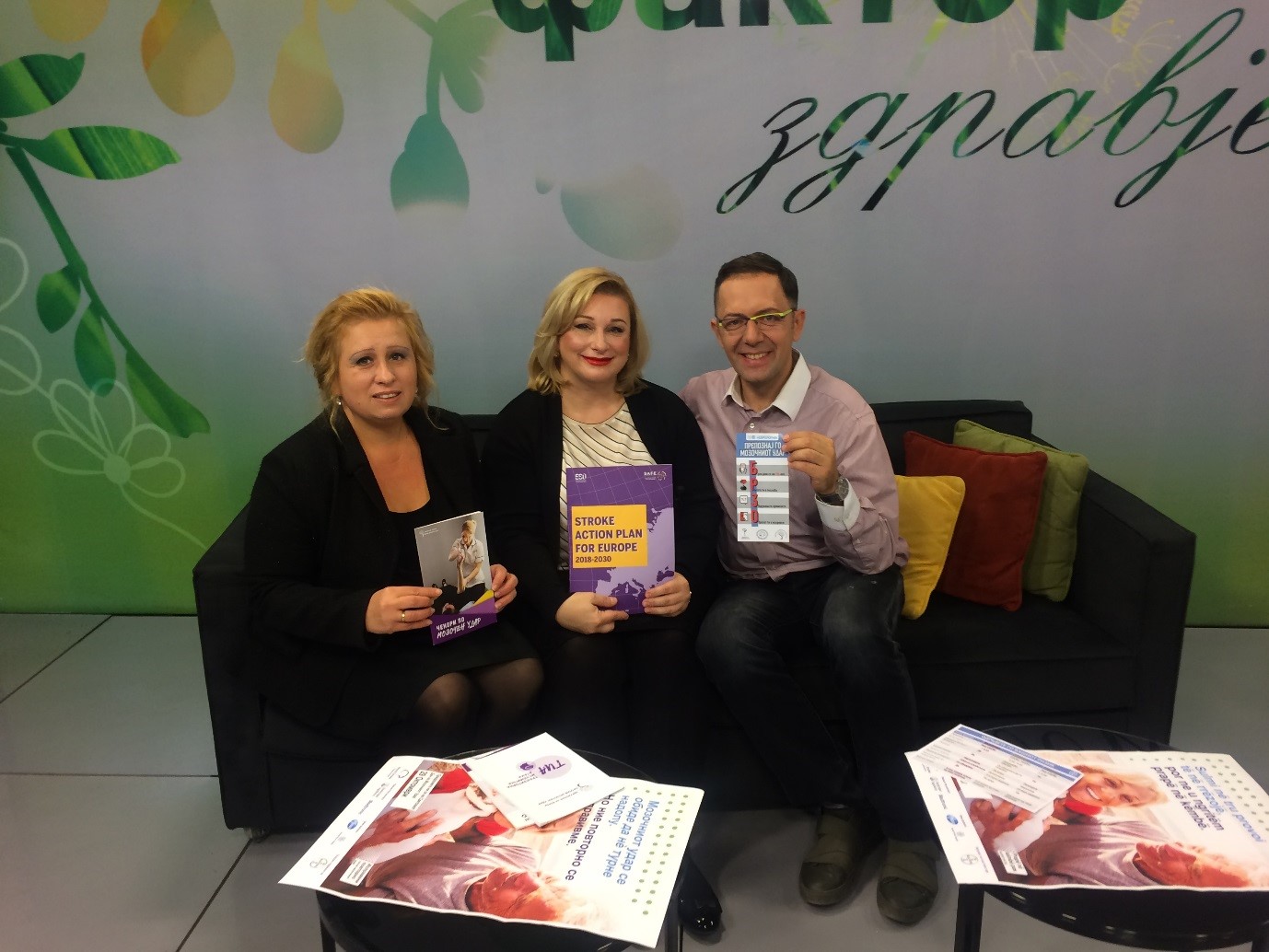
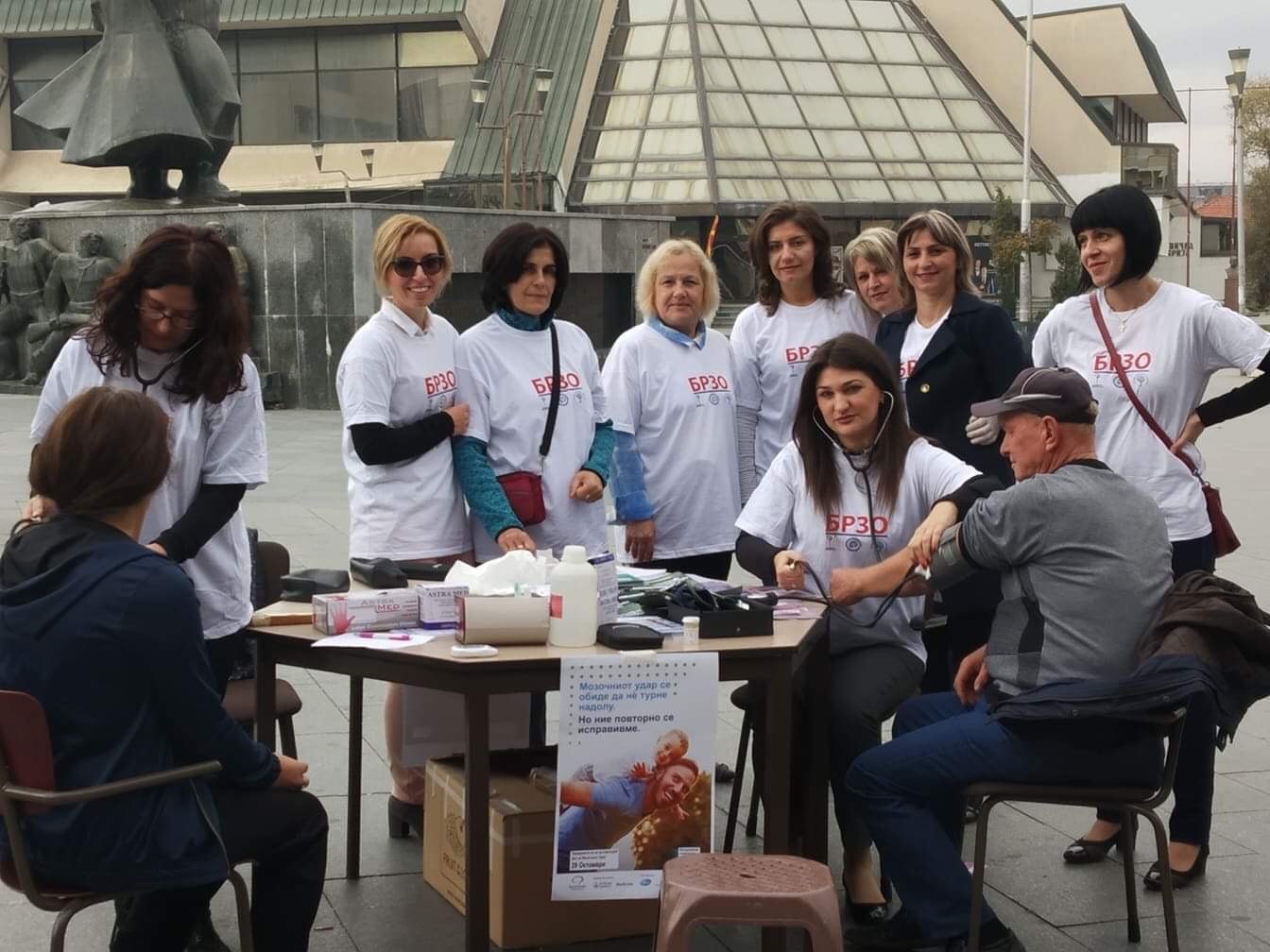
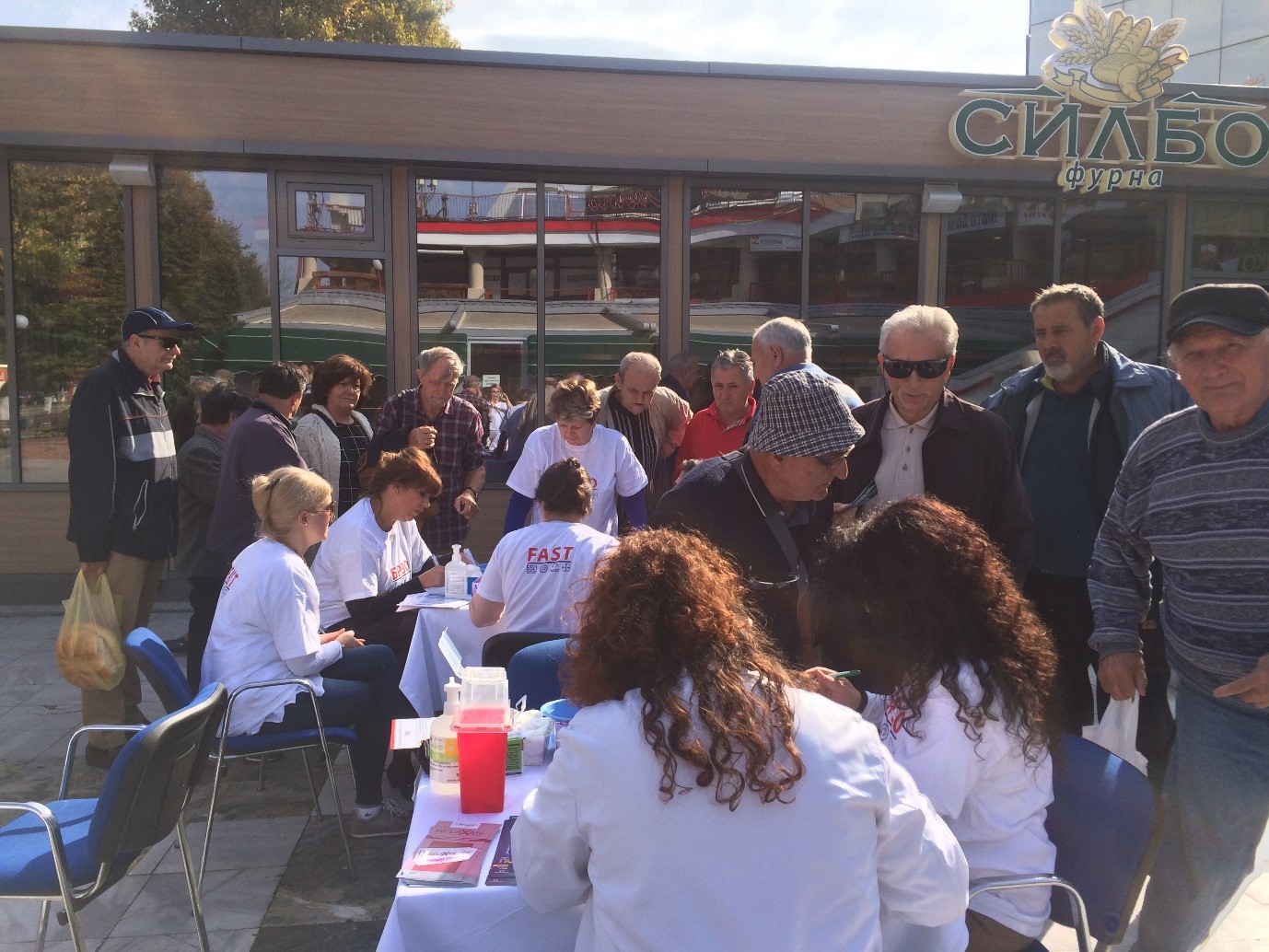
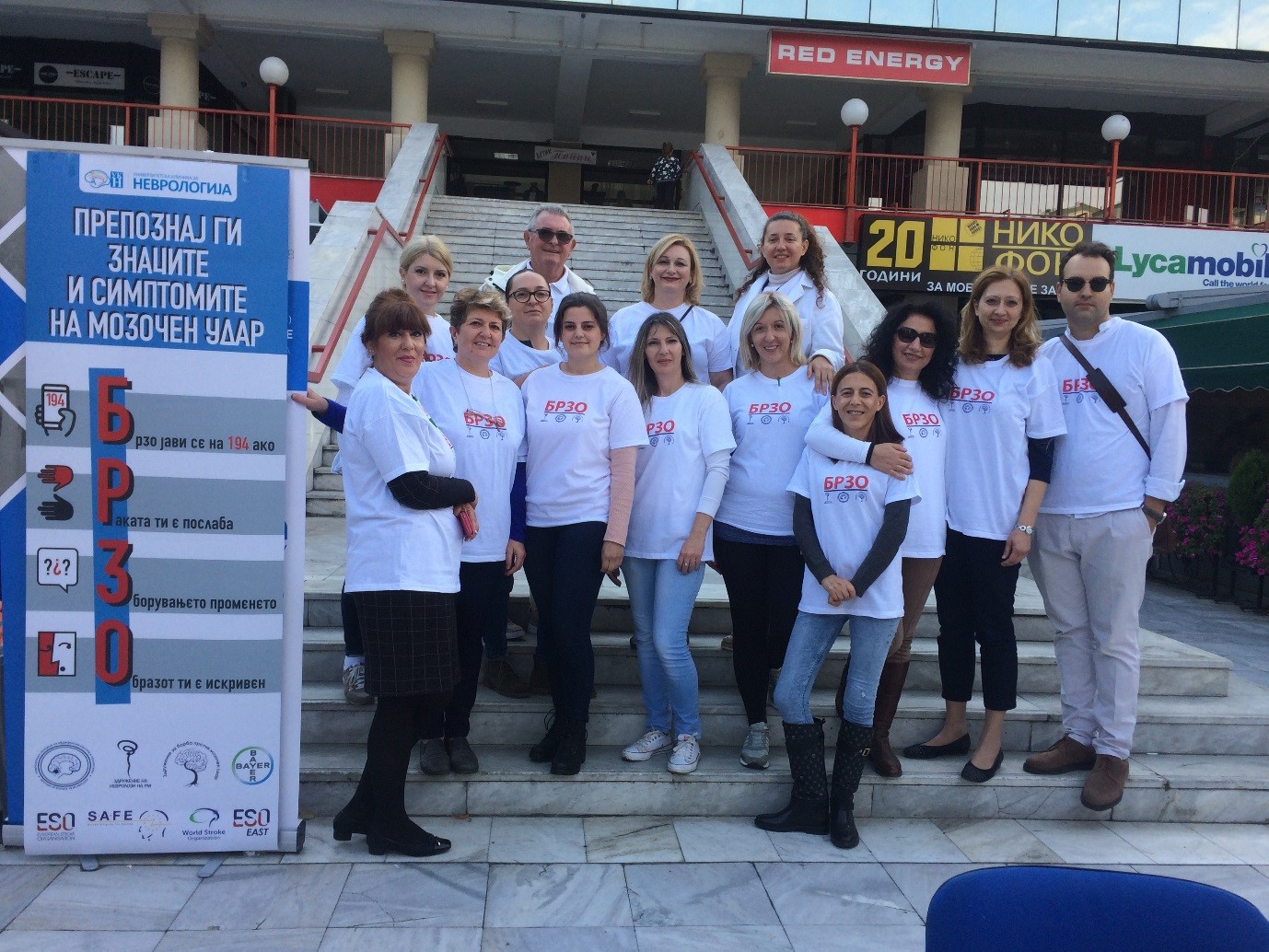
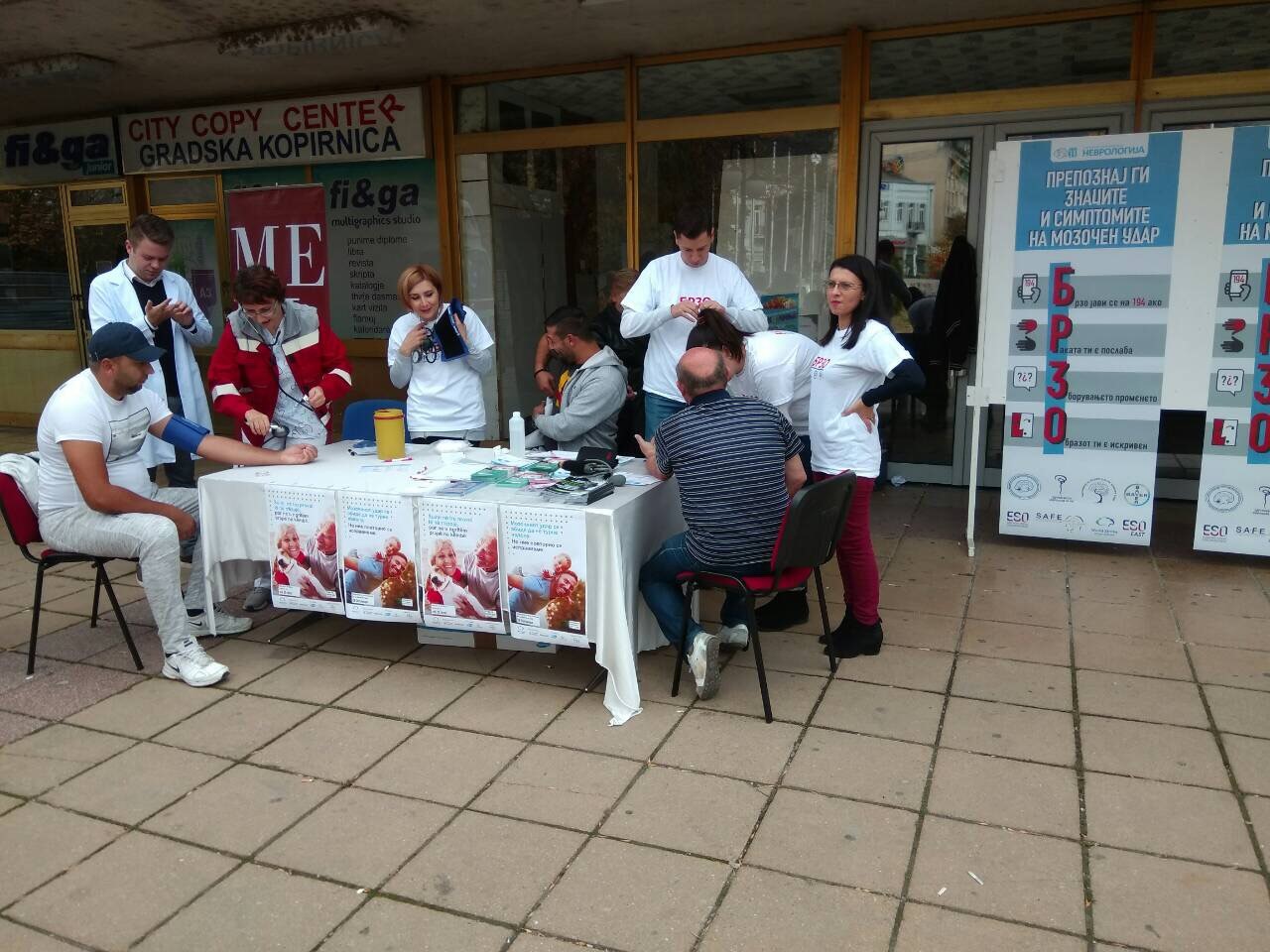
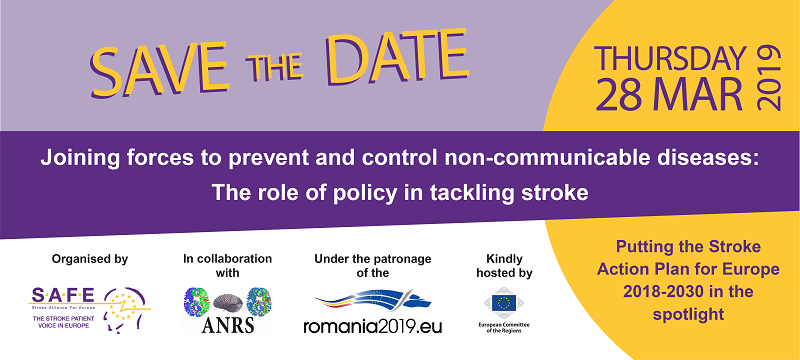
Jan 14, 2019
Under the patronage of the Romanian Presidency of the Council of the EU, SAFE will explore the role of policy in tackling stroke in 28 March event
The Stroke Alliance for Europe (SAFE) invites you to attend their ‘Joining forces to prevent and control non-communicable diseases: The role of policy in tackling stroke’ event on 28 March 2019. The event will look into the role of policy and policy stakeholders in combating stroke-related challenges and addressing the burden of stroke, as well as in achieving the ambitious targets of the ‘Stoke Action Plan for Europe 2018-2030’. With an expected 35% increase in the incidence of stroke in Europe by 2035, this conference represents an important opportunity to bring European, national and local policy-makers and other stakeholders together to address the disparities across the stroke care pathway between and within European countries.
The event, which will be jointly organized by SAFE and the Romanian National Stroke Association, will be held under the patronage of the Romanian Presidency of the Council of the EU and hosted at the European Committee of the Regions (CoR) by Karsten Uno Petersen, CoR member and health rapporteur. The discussions will be integrated into the expected health priorities for the Romanian and upcoming Finnish and Croatian presidencies, such as better care for an ageing society, the role of primary prevention to counter the burden of chronic diseases, and equal access to care for all European citizens.
SAFE will soon launch a dedicated web section where you will find more information about the conference, including agenda and registration instructions. Stay tuned for more information!
About the Stroke Action Plan For Europe 2018-2030
The Action Plan focuses on seven key domains, namely primary prevention, organisation of stroke services, management of acute stroke, secondary prevention, rehabilitation, evaluation of quality and outcomes as well as life after stroke. It outlines four overarching targets to be achieved by all European countries and health systems by 2030, which are complemented by further specific targets set for each of the seven domains. SAFE is currently pursuing its dissemination and implementation at national, regional and local levels.
About the Romanian National Stroke Association (ANRS)
ANRS is an independent, not-for-profit, non-governmental and apolitical Romanian association of physicians with scientific, medical and social goals regarding stroke prevention and management optimization in accordance with the European and WHO standards. The association organizes congresses, conferences, round tables, practical demonstrations and symposia that seek to promote up-to-date stroke education, according to the latest scientific research and validated therapeutic progress.
About the Romanian Presidency of the Council of the European Union
Romania will hold the Presidency of the Council of the EU from January to June 2019. The Council of the European Union is the institution where the governments of the EU Member States defend their own country’s national interests in the negotiation of the legislative and non-legislative files. Every EU Member State has the obligation to hold the Council Presidency, which changes every six months.
About the European Committee of the Regions
The European Committee of the Regions is the voice of regions and cities in the EU, aiming to reduce the gap between EU institutions’ work and EU citizens. It is composed of more than 350 local and regional elected representatives from across the EU and advises on new laws that have an impact on regions and cities (which is 70% of all EU legislation).
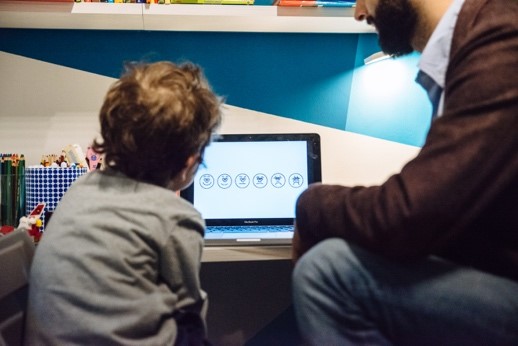
Jan 11, 2019
Article written by Francesca Fedeli, Founder of Fightthestroke.org, advocating for young stroke and CP survivors
Fightthestroke has been selected among 65 practices and 11 policies from around the world that help persons with disabilities on the Zero Project Award 2019, celebrating this year the topic of Independent Living and Political Participation. Project Mirrorable indeed has been awarded as a unique platform that improves the Motor Function in Young People with Cerebral Palsy.
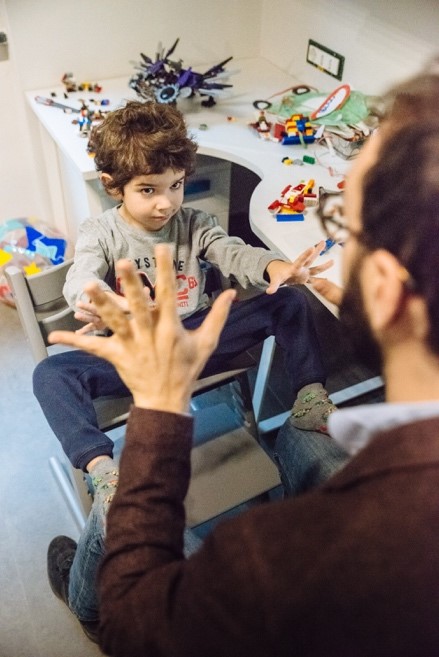 Fightthestroke, an Italian social enterprise founded in 2014, has developed an online platform called ‘Mirrorable’ to support rehabilitation of young stroke survivors. Mirrorable is a home-based therapy programme based on Action Observation Treatment, which states that by observing and imitating the actions of others we trigger specific neurons (‘mirror neurons’) in our own brain. Young stroke survivors are paired through AI and via a video platform and undertake tasks together to improve motor skills. A clinical trial on children with unilateral cerebral palsy has demonstrated an improvement in hand motor function compared to traditional rehabilitation, along with high levels of adherence and engagement.
Fightthestroke, an Italian social enterprise founded in 2014, has developed an online platform called ‘Mirrorable’ to support rehabilitation of young stroke survivors. Mirrorable is a home-based therapy programme based on Action Observation Treatment, which states that by observing and imitating the actions of others we trigger specific neurons (‘mirror neurons’) in our own brain. Young stroke survivors are paired through AI and via a video platform and undertake tasks together to improve motor skills. A clinical trial on children with unilateral cerebral palsy has demonstrated an improvement in hand motor function compared to traditional rehabilitation, along with high levels of adherence and engagement.
“MaVi discovered herself for the first time, when practicing with Mirrorable in front of the TV screen. The project for me was “moving”, it touches the heart and, if there is a mirror heart, it touches it too!”
– Valentina, mother of MaVi, who took part in the Mirrorable pilot
Problems Targeted
There are few effective and accessible evidence-based solutions to help rehabilitate motor skills in the estimated 17 million children with cerebral palsy worldwide.
Solution, Innovation, and Impact
The Mirrorable platform uses the scenario of learning to become a magician to encourage young stroke survivors to practice motor skills every day for a month. Children in the Mirrorable’s clinical trial received a toolkit with a computer, a 3D camera, and selection of booklets and magic tricks. They used these to imitate the magician in videos on a cloud-based platform. They were also matched with peers via video link to practice together and learn from each other. The IT-platform uses an algorithm to ensure the best possible match in terms of motor skills, cognitive abilities, etc. to support reciprocal teaching and rehabilitation. The gaming approach of Mirrorable increases the appeal for children and encourages them to practice. In the market version, the 3D camera has been replaced by artificial intelligence technology which tracks and records the child’s movements and emotions so that progress can be measured by the child, family members, and health professionals. Results of a clinical trial, presented in 2018, showed a 26 per cent improvement in motor function, increased family engagement, and 100 per cent adherence to the daily exercises.
Funding, Outlook, and Transferability
Support developing Mirrorable and the clinical trial came from corporate fundraising, grants and private donors, but the project was especially driven by the Fightthestroke co-founders Francesca Fedeli and Roberto D’Angelo who experienced themselves a young stroke survivor in their family. Following the trial Mirrorable is now developing a business model to bring the product to a wider market, while keeping prices as low as possible for families of young stroke survivors.
Mirrorable’s cloud-based technology makes easily transferable, and the operating system is already available in Italian, Spanish and English. Fightthestroke is exploring whether the programme might be appropriate for other target groups, such as adult stroke survivors or people with Parkinson’s disease. Fightthestroke has also developed an offline programme to complement Mirrorable’s online platform, and held its first intensive Mirrorable sports camp, including Habit and AOT treatments, for children with unilateral cerebral palsy in August 2018.
About the Practice at a Glance
NAME OF INNOVATIVE PRACTICE: Mirrorable
ORGANIZATION: Fightthestroke
COUNTRY OF IMPLEMENTATION: Italy
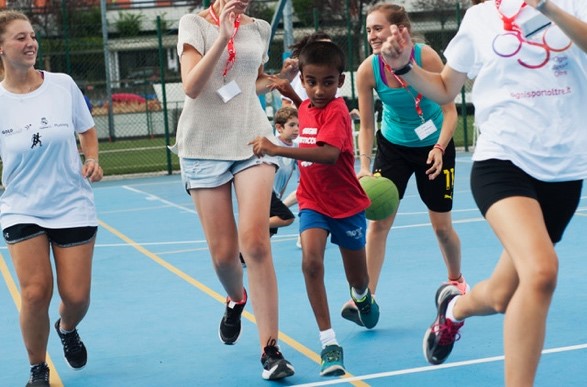 Facts and Figures
Facts and Figures
– A recent clinical trial demonstrated that Mirrorable online users realized a 26 per cent improvement in motor function.
– The Mirrorable model costs approximately half as much as conventional therapy.
– The Mirrorable ecosystem can be easily replicable for other target groups, as adults who suffered a brain stroke.
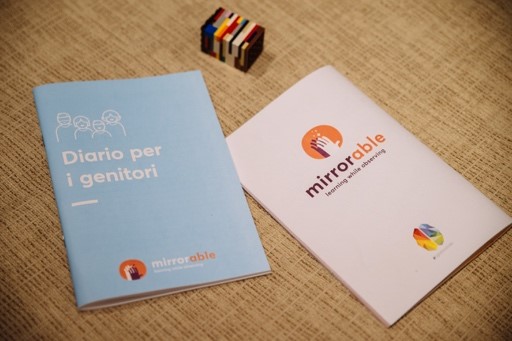 Contact
Contact
Francesca Fedeli
francesca@fightthestroke.org
Fightthestroke Website
Links and Further Reading:
Mirrorable website
Mirrorable founders’ Ted Talk (video)
Mirrorable demo video
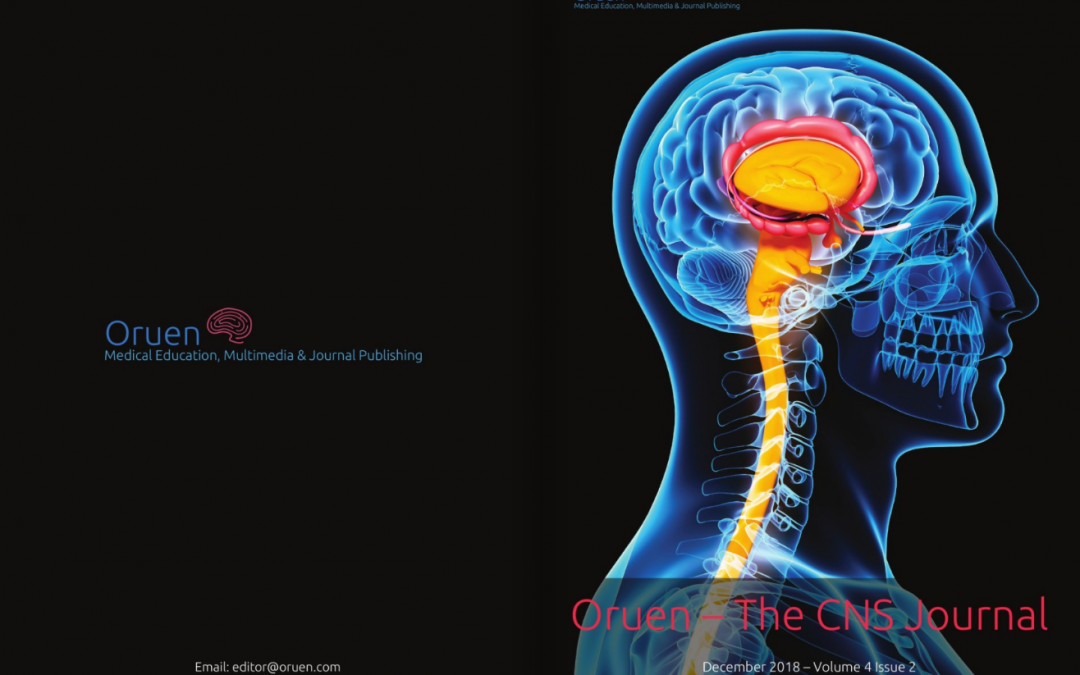
Dec 21, 2018
Oruen – The CNS Journal has now been published online. In this issue you can find the SAFE special report on stroke prevention project and Stroke Action Plan for Europe advert. SAFE is also mentioned in the two ANGELS articles.
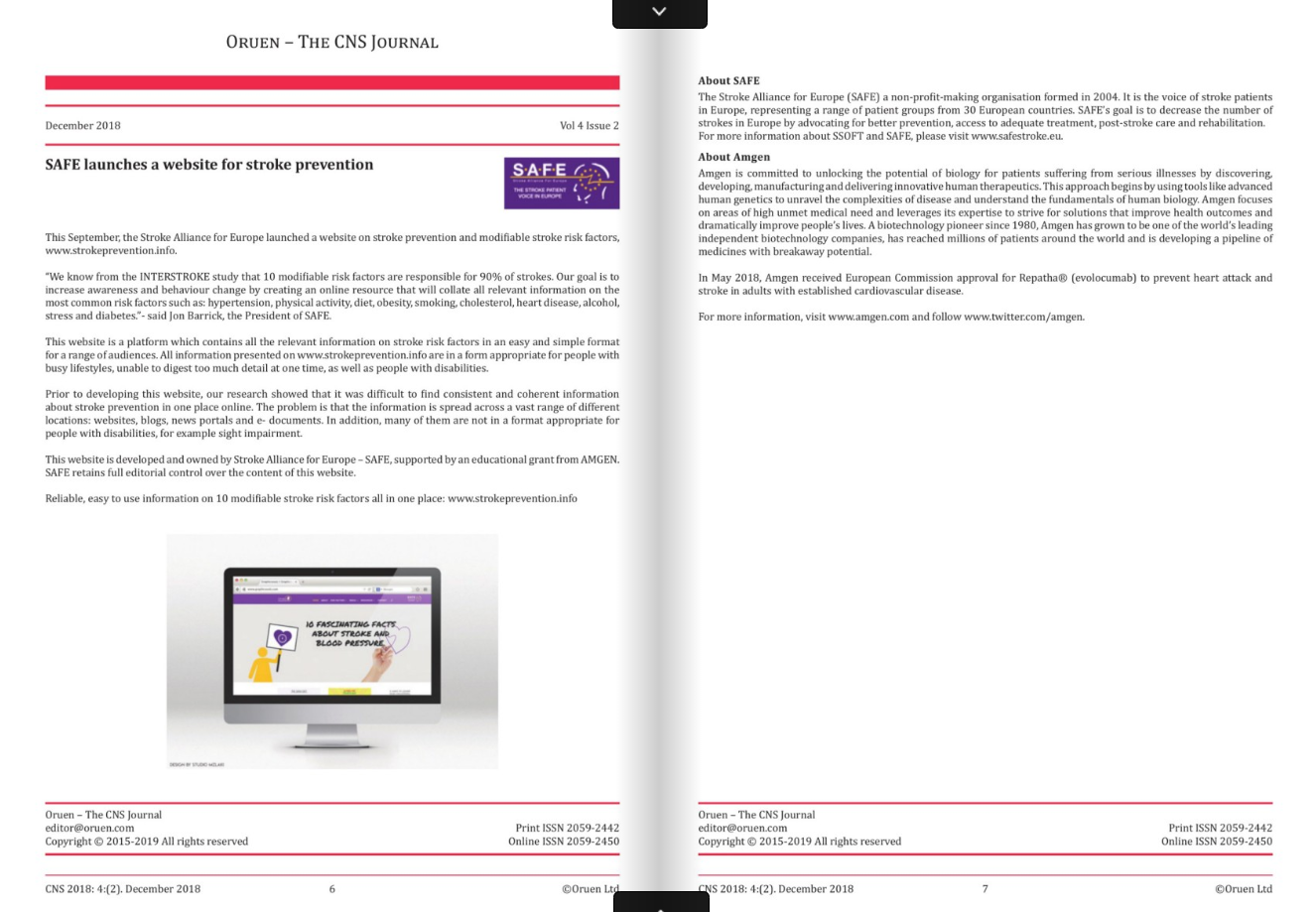
The current issue also brings you the following reviewed articles:
Clinical Outcomes and Work Flow Optimisation with Pipeline System and Shield Technology (Istvan Szikora, Saleh Lamin, Mohamed Aggour)
Innovations in Endovascular Treatment of Acute Ischemic Stroke and Cerebral Aneurysms (Hannes A. Deutschmann, Marc Ribo, Mathieu Sanchez)
The ANGELS Initiative: More and better Stroke-ready Hospitals across the globe (Rob Goodwin)
Improving stroke care across the world: The Angels Initiative (Valeria Caso, Magd Fouad Zakaria, Ales Tomek, Robert Mikulik, Sheila Cristina Ouriques Martins, Thang Huy Nguyen, Anastasia Rossouw)
Stroke Prevention in atrial Fibrillation: update with NOAC Treatment and the impact of Reversal (Dr. Allison Kirsop)
Transition of ADHD Patients from Childhood into Adulthood (Dr Allison Kirsop)
An Introduction to the Internal Capsule in Schizophrenia (Dr. Matthew Williams)
About Oruen – The CNS Journal
The journal is owned and published bi-annually by Oruen Limited; it is a peer-reviewed, open access publication, and has received CME accreditation from the European Accreditation Committee in CNS (EACIC) with a 100% focus on original CNS research topics, and the latest advances, diagnoses, and treatment of CNS disorders. Oruen – The CNS Journal is distributed in print and electronically to thousands of physicians, researchers, academics, nurses, and related healthcare professionals with an interest in CNS disorders. Both subscription and access are free and there are no contributory author fees for publication. Papers submitted for publication are accepted based on their originality, likely impact on and relevance to clinical practice, data quality, and overall potential interest to the journal’s readership.












 Fightthestroke, an Italian social enterprise founded in 2014, has developed an online platform called ‘Mirrorable’ to support rehabilitation of young stroke survivors. Mirrorable is a home-based therapy programme based on Action Observation Treatment, which states that by observing and imitating the actions of others we trigger specific neurons (‘mirror neurons’) in our own brain. Young stroke survivors are paired through AI and via a video platform and undertake tasks together to improve motor skills. A clinical trial on children with unilateral cerebral palsy has demonstrated an improvement in hand motor function compared to traditional rehabilitation, along with high levels of adherence and engagement.
Fightthestroke, an Italian social enterprise founded in 2014, has developed an online platform called ‘Mirrorable’ to support rehabilitation of young stroke survivors. Mirrorable is a home-based therapy programme based on Action Observation Treatment, which states that by observing and imitating the actions of others we trigger specific neurons (‘mirror neurons’) in our own brain. Young stroke survivors are paired through AI and via a video platform and undertake tasks together to improve motor skills. A clinical trial on children with unilateral cerebral palsy has demonstrated an improvement in hand motor function compared to traditional rehabilitation, along with high levels of adherence and engagement. Facts and Figures
Facts and Figures Contact
Contact

